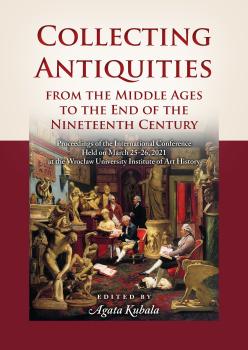From Antiquarianism to Scholarship: Classical Archaeology in the Netherlands, 1600–1840 .......... 31
Synopsis
The early collecting of classical antiquities in the Netherlands was inspired by Italian examples. Peter Paul Rubens acquired a taste for antiquities during his stay in Italy between 1600-1608 and acquired an important collection of sculptures from Sir Dudley Carleton, the British ambassador in The Hague. In Amsterdam, the brothers Gerard and Jan Reijnst recreated the atmosphere of a Venetian palazzo after their purchase of the classical antiquities and paintings of Andrea Vendramin in 1629. Parts of these collections came into the possession of Gerard van Papenbroek in the 18th century. Papenbroek’s bequest to Leiden University marked the start of academic interest in antiquities, which culminated in 1818 in the creation of a Chair of Archaeology in Leiden with Caspar Reuvens as its first professor.





